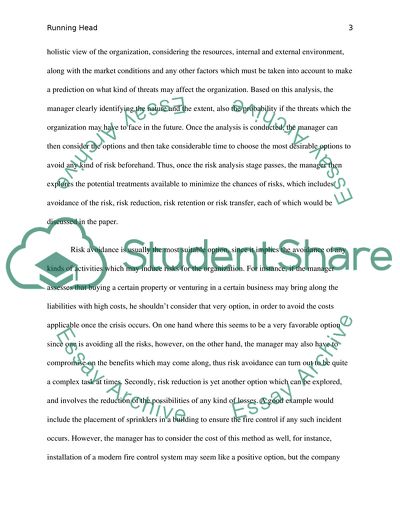Cite this document
(“Discuss the four core strategies that underpin the modern concept of Essay”, n.d.)
Discuss the four core strategies that underpin the modern concept of Essay. Retrieved from https://studentshare.org/miscellaneous/1613181-discuss-the-four-core-strategies-that-underpin-the-modern-concept-of-risk-management-and-control-relate-these-core-strategies-to-practical-security
Discuss the four core strategies that underpin the modern concept of Essay. Retrieved from https://studentshare.org/miscellaneous/1613181-discuss-the-four-core-strategies-that-underpin-the-modern-concept-of-risk-management-and-control-relate-these-core-strategies-to-practical-security
(Discuss the Four Core Strategies That Underpin the Modern Concept of Essay)
Discuss the Four Core Strategies That Underpin the Modern Concept of Essay. https://studentshare.org/miscellaneous/1613181-discuss-the-four-core-strategies-that-underpin-the-modern-concept-of-risk-management-and-control-relate-these-core-strategies-to-practical-security.
Discuss the Four Core Strategies That Underpin the Modern Concept of Essay. https://studentshare.org/miscellaneous/1613181-discuss-the-four-core-strategies-that-underpin-the-modern-concept-of-risk-management-and-control-relate-these-core-strategies-to-practical-security.
“Discuss the Four Core Strategies That Underpin the Modern Concept of Essay”, n.d. https://studentshare.org/miscellaneous/1613181-discuss-the-four-core-strategies-that-underpin-the-modern-concept-of-risk-management-and-control-relate-these-core-strategies-to-practical-security.


